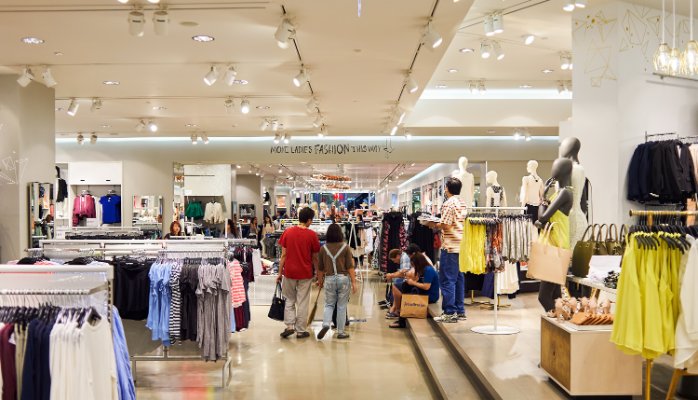When Macy’s cut its sales and profit expectations this week, some analysts blamed consumer spending patterns and the difficulties facing department stores generally. But as the New York Times reports, at least one analyst placed the blame squarely on Macy’s failure to deliver a compelling customer experience.
“The blunt truth is that Macy’s does not give consumers a reason to visit its stores,” said Neil Saunders, CEO of Conlumino, a research firm. “In many locations shops are simply not up to par; they are poorly merchandised, hard to shop, lack any inspiration, and have fairly mediocre customer service.”
Ouch. I’m not personally a Macy’s shopper, but to me, department stores feel like throwbacks to an earlier time. I’ve heard women who came of age in the 1950s talk glowingly of the department stores of their youth. They describe fashionable downtown shops with special items you couldn’t find anywhere else. Chic salespeople helped you choose just the right thing. And you could have lunch in the tea room on the top floor.
Somewhere along the way, department stores lost that air of elegance and superior customer service. A Macy’s store today is likely to be in a suburban shopping mall. It probably used to be a local or regional department store but became Macy’s after a merger or acquisition. Store layouts are confusing and don’t have a unified look, and you’ll probably have to search for both a salesperson and a cash register if you want to make a purchase.
Perhaps more significantly, the online experience is no better, even as Amazon threatens to overtake Macy’s as the nation’s top clothing retailer. I went to Macy’s website and was quickly overwhelmed. At the top of the home page there were three different types of discount offers, followed by promotions for Father’s Day, a summer sale, donations to veterans, free beauty gifts, fine jewelry, furniture and mattresses, a swimsuit finder, something called “American Icons,” a collection by Elton John and Lady Gaga, and Teenage Mutant Ninja Turtles items for kids.
This confusing hodgepodge is unfortunately common. By seemingly not knowing who their customers are, department stores target everyone.
They try to attract customers by offering discounts and a wide variety, but this does little to differentiate them or give customers a reason to be loyal to one particular retailer. If department stores aren’t building customer loyalty online, it may be harder than ever to get people into the physical store.
In our customer experience consultancy, we’ve found the customer experience management is one of the best ways to build customer loyalty. When we design a customer experience program, we take a hard look at the customer’s journey – both online and in store – and the emotions they experience that create or destroy customer attraction and retention.
Consider, for example, the customer experience at the Apple Store. The store and the Apple website both have a clean, uncluttered layout. There aren’t actually that many different products in an Apple store, but there are a lot of salespeople. They wear colored shirts so they’re easy to spot, and one person handles an entire transaction – from answering questions to retrieving the item to ringing it up on a handheld device. Shopping online is just as easy. Apple knows that its customers want the latest technology, but probably aren’t computer geeks. It has made purchasing complex electronics as simple as possible, and it has amassed a loyal following.
Department stores like Macy’s can’t remake themselves as the Apple Store, but they can identify their target customers and work toward providing them with a positive, rewarding, memorable experience instead of a confusing and forgettable one.
Do you shop at department stores? How would you improve the experience? Share ideas in the comments below.
To find out more about improving your Customer Experience and Customers’ emotions read our latest ebook: Unlocking the Hidden Experience.
LinkedIn followers get your 50% discount with promo code Hidden50.
If you enjoyed this post, you might be interested in the following blogs:
Changing Customer Behavior With A Little Nudge


